Top Things to Know Before Buying a Garden Greenhouse
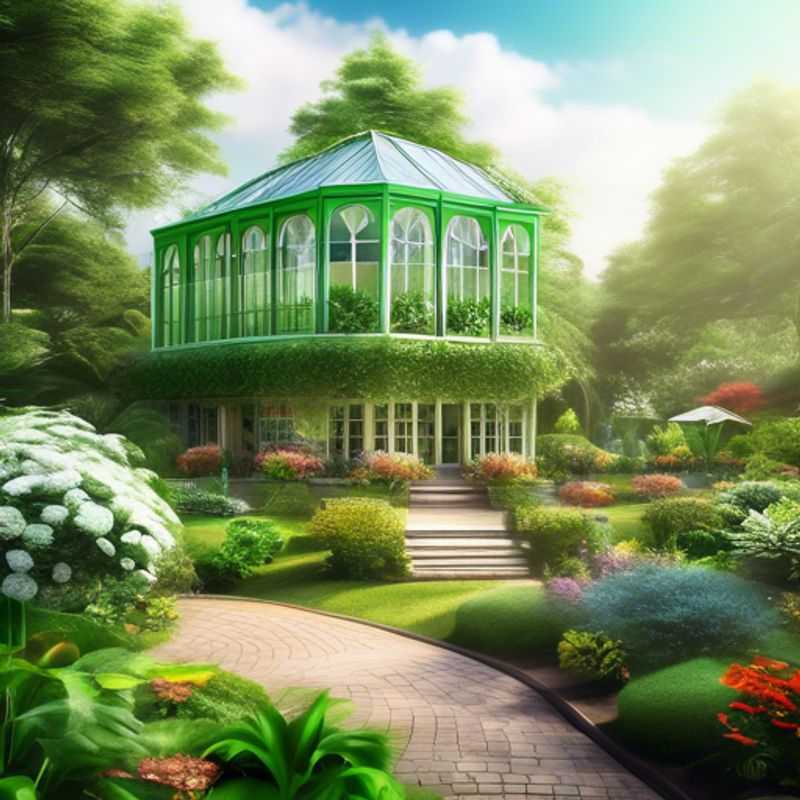
Before You Buy a Greenhouse: 7 Key Things to Consider
Building a garden greenhouse can be an exciting project, but before you jump into the purchase, there are some essential things to consider to ensure you choose the right one for your needs.
First, measure the available space in your garden to choose a greenhouse that fits comfortably.
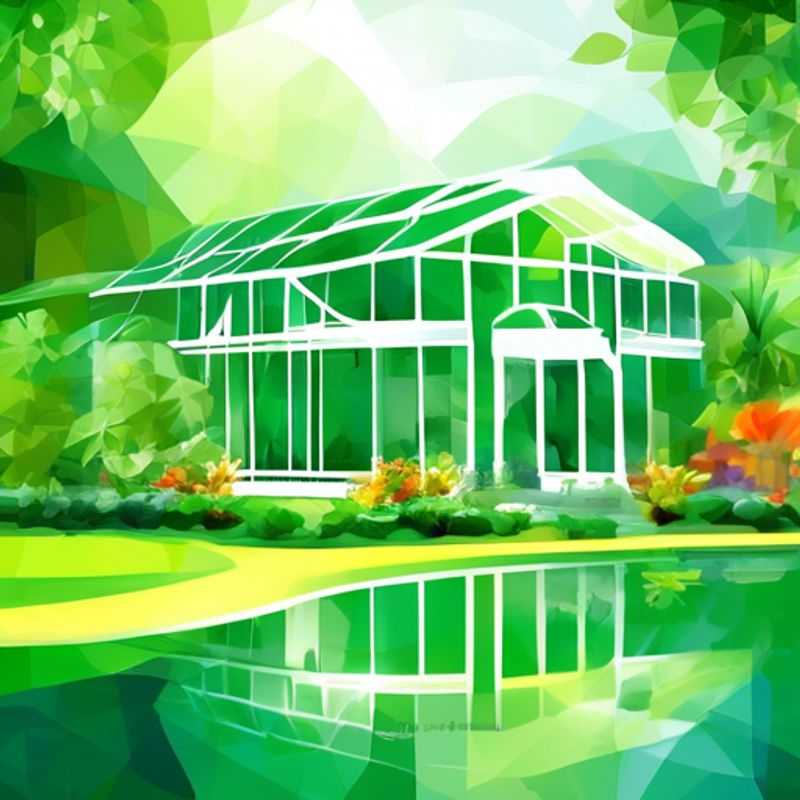
Measure for Success: Sizing Your Greenhouse for Optimal Garden Growth
Choosing the right size greenhouse for your garden is crucial for its effectiveness and your enjoyment. Before diving into greenhouse shopping, take a moment to measure your available space. This will help you choose a greenhouse that fits comfortably without overcrowding your garden.
First, identify the area you want to dedicate to the greenhouse. Consider factors like sunlight exposure, proximity to water sources, and access for maintenance.
Next, carefully measure the length and width of the chosen area. Remember to account for any obstacles like trees, fences, or walkways that might limit the space.
Now, consider the greenhouse's footprint, including its base and any overhangs. Also, think about how you'll access the greenhouse for watering, planting, and harvesting. You'll need enough space for comfortable movement.
Finally, visualize the greenhouse in your garden. Imagine it from different angles to ensure it complements your existing landscape and fits seamlessly into your outdoor space.
Once you have a good understanding of the available space, you can research greenhouses based on your measurements and choose one that best fits your needs and preferences. Remember, a properly sized greenhouse will enhance your gardening experience and provide optimal growing conditions for your plants.
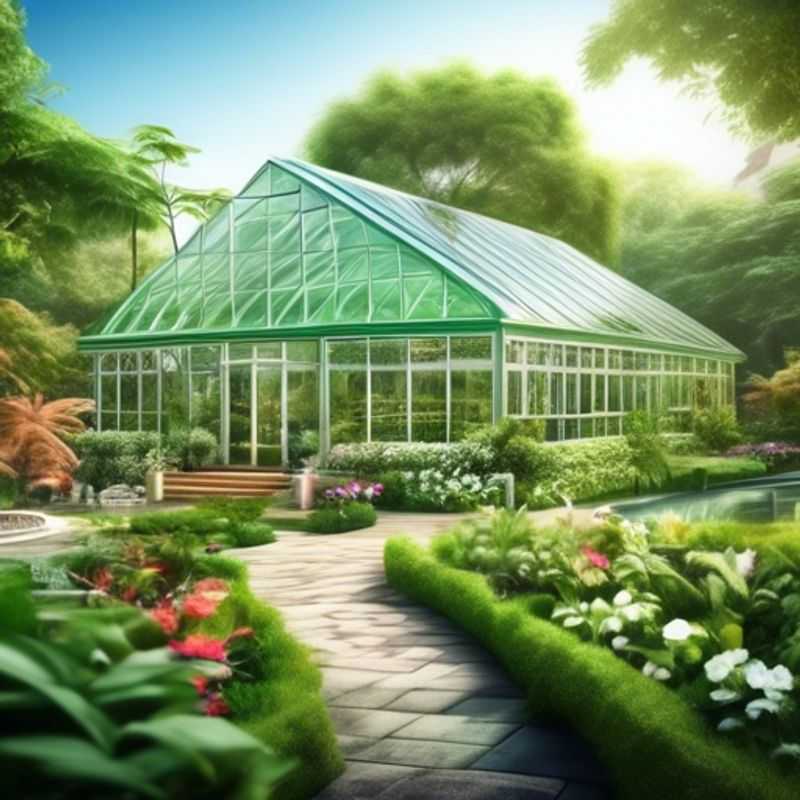
Building a Greenhouse to Last: Choosing the Right Materials for Durability and Easy Maintenance
Choosing the right materials for your greenhouse is crucial for its longevity and ease of maintenance. While many factors influence your decision, consider these key aspects:
Durability: Opt for materials resistant to weather elements like sun, rain, and wind. Metals like aluminum or galvanized steel offer robust structures, while polycarbonate panels offer excellent light transmission and impact resistance.
Maintenance: Some materials require more upkeep than others. Wood, while aesthetically pleasing, needs regular painting or staining to prevent rot. Glass, while durable, is prone to breakage. Consider the time and effort you are willing to invest in maintenance.
Cost: Prices vary greatly based on material choice. Wood is often the most affordable, but requires more maintenance. Metals and polycarbonate panels come at a higher initial cost but offer greater durability and potentially lower long-term maintenance costs.
Environmental impact: Choose materials with sustainable origins and low environmental impact. Recycled materials and energy-efficient designs can contribute to a greener greenhouse. Consider researching certifications like LEED (Leadership in Energy and Environmental Design) for eco-friendly building practices.
Remember, researching and comparing materials thoroughly will ensure you make an informed decision that aligns with your budget, maintenance preferences, and desired longevity for your greenhouse.
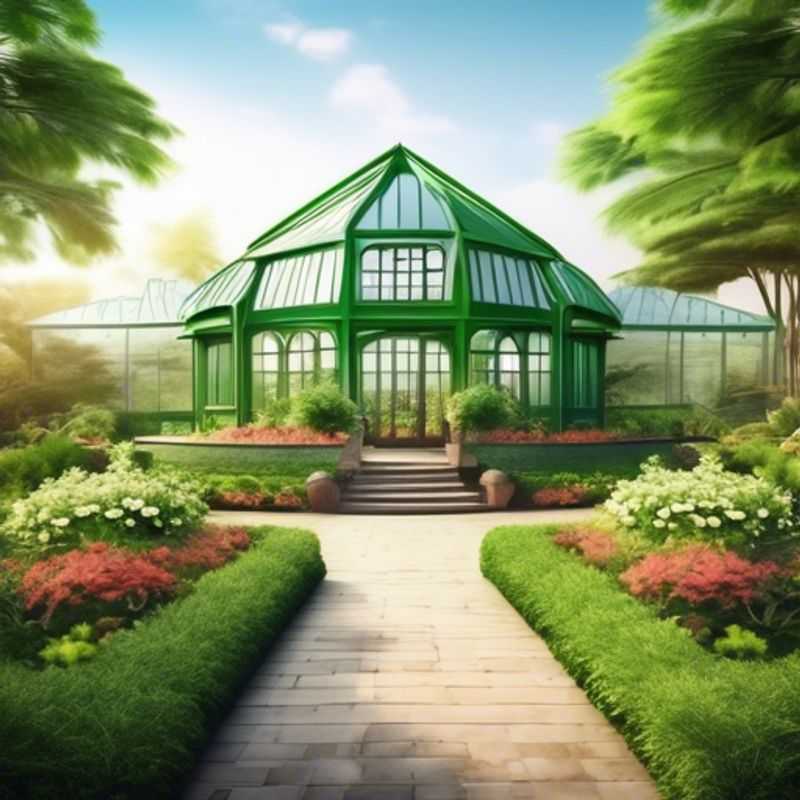
Optimizing Your Grow Space: Evaluating Ventilation and Temperature Control
Evaluating ventilation and temperature control features is critical for maintaining optimal growing conditions, especially when working with plants or other living organisms. This involves understanding the specific needs of your crops, the environmental factors they thrive in, and then creating a controlled environment that meets those needs.
First, you need to assess the current ventilation system. This involves evaluating the airflow, whether it's sufficient for the space, and if the system is effectively removing moisture and pollutants. If you need improvements, consider investing in high-quality fans that provide adequate airflow, as well as proper air intake and exhaust points to ensure proper circulation.
Next, focus on temperature control. This involves assessing the current system's ability to maintain a consistent temperature range suitable for your plants. Consider upgrading to more efficient temperature control systems if necessary, ensuring they have the capacity to heat or cool the space effectively.
Finally, prioritize monitoring and adjusting. Regularly monitor both ventilation and temperature levels, using sensors to gather data and make necessary adjustments. Consider investing in automated systems that adjust ventilation and temperature based on real-time data, allowing you to optimize conditions with less manual intervention.
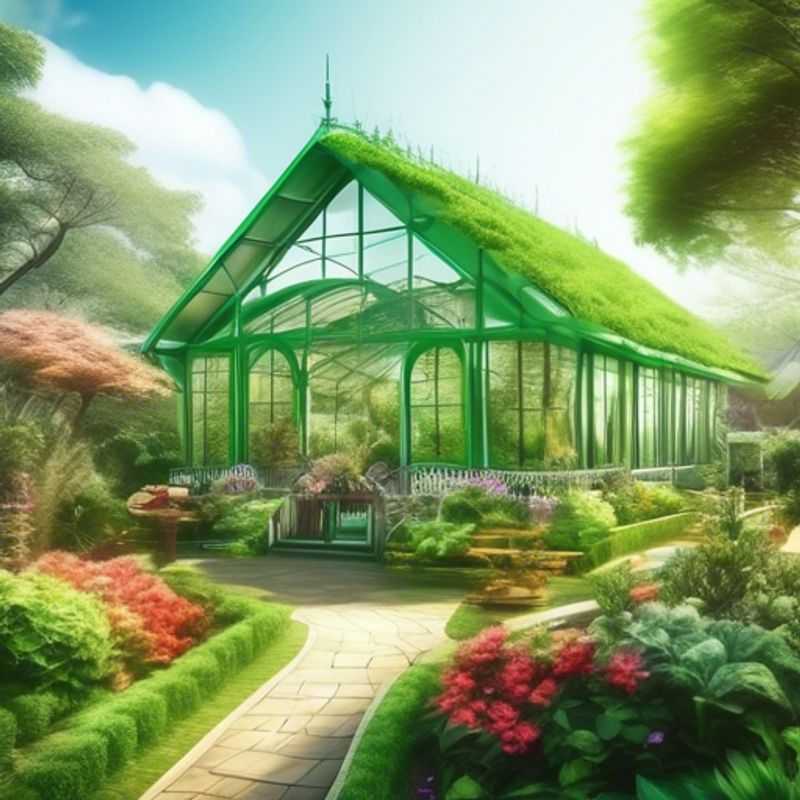
Level Ground or Leveling Up? Planning Your Greenhouse Foundation
Before you even start building your greenhouse, you need to think about the ground! A level surface is ideal for your greenhouse, making it more stable and ensuring water drains properly.
If your chosen spot isn’t perfectly level, don’t fret! You can prepare the ground. This may involve leveling the area with soil or gravel, or even creating a raised bed for your greenhouse to sit on.
Consider these key points when deciding:
1. Existing Terrain: Is the spot already mostly flat or are there significant slopes or dips? This will affect how much work is needed to level the area.
2. Soil Type: Is the soil compacted or loose? This will influence how easy it is to level the ground. If you have compacted soil, you might need to amend it with compost or other organic matter to improve drainage.
3. Budget: Leveling the ground can involve a lot of work. This will cost you time and potentially money depending on the complexity of the work and if you need to hire help.
4. Greenhouse Size: A larger greenhouse will require a more extensive leveled area.
5. Safety: A level base ensures your greenhouse is stable and won't easily tip over, especially important if you live in an area with strong winds.
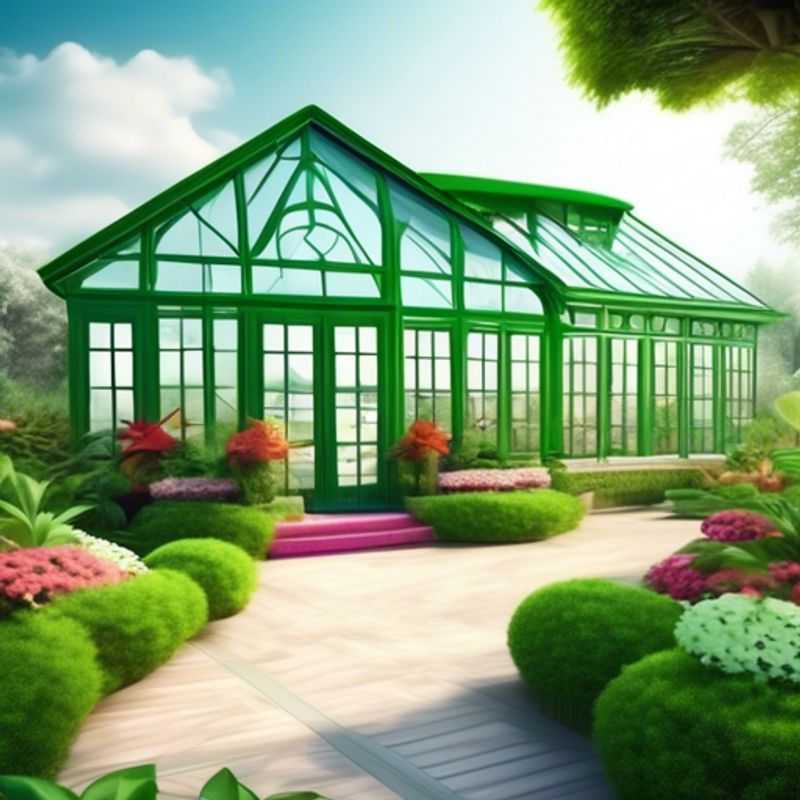
Grow Your Green Thumb: Choosing the Right Greenhouse for Your Climate
Choosing the right greenhouse for your region is crucial for its success. Researching your local climate is the first step to ensure a suitable greenhouse. This includes understanding average temperatures, humidity, rainfall, and the duration of sunlight. Consider the type of greenhouse that best suits your needs, taking into account the local climate conditions. For example, if you live in a region with harsh winters, a greenhouse with a strong foundation and insulation is essential.
Greenhouses come in various materials and designs, each with pros and cons. Some popular options include:
- Glass greenhouses: These are ideal for regions with moderate climates and provide optimal light transmission.
- Polycarbonate greenhouses: They offer good insulation and durability, making them suitable for colder regions.
- PVC greenhouses: These are lightweight and affordable, but may not be as durable as other options.
When choosing a greenhouse, factor in the cost of materials, installation, and ongoing maintenance. Research local suppliers and compare prices. Consider the size of your greenhouse based on your gardening needs and available space. Remember, a larger greenhouse may require more investment but can also offer more growing space and flexibility.
By researching your local climate and choosing a greenhouse designed for your region's weather conditions, you can ensure a successful and enjoyable gardening experience.
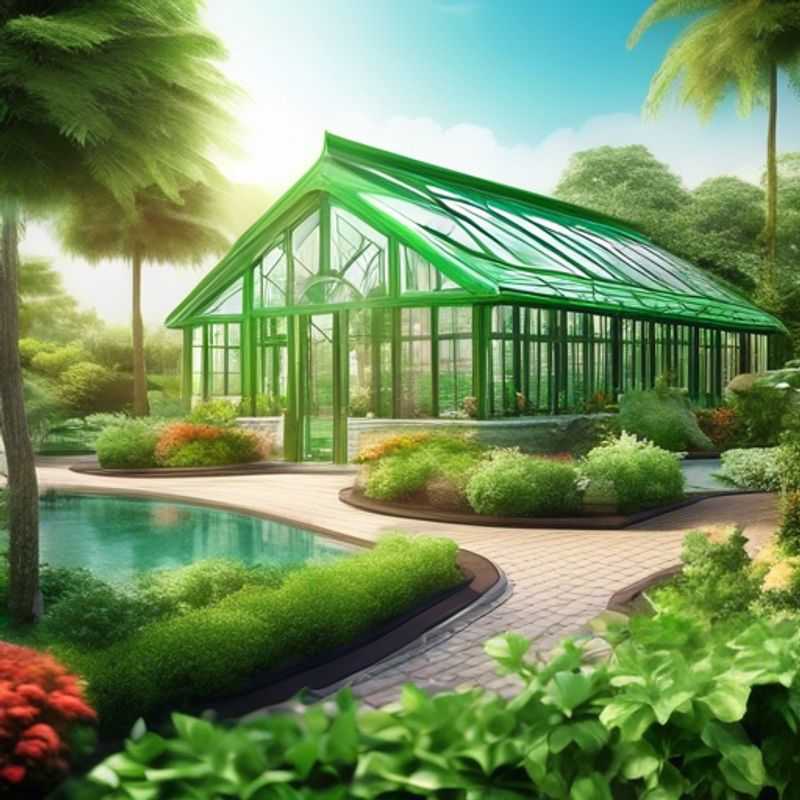
Greenhouse Layout: Accessibility and Ease of Entry/Exit
When choosing a greenhouse layout, accessibility and ease of entry/exit are crucial for efficient workflow and safety. Here's a guide to assess these factors:
Entry/Exit Points: Consider the number and location of doors. Multiple entry points are ideal for easy access and evacuation. Ensure doors are wide enough for equipment and materials to pass through. Doors should open outwards to prevent blocking entry in emergencies.
Pathways: Pathways within the greenhouse should be wide and unobstructed. This ensures easy movement for workers and equipment. Use materials that are durable and easy to clean.
Obstacles: Avoid placing equipment or structures that might obstruct pathways or create tripping hazards. Install railings or handrails on steps or raised platforms to enhance safety. Ensure adequate lighting to illuminate pathways and work areas.
Accessibility Features: For greenhouses used by individuals with disabilities, consider features like ramps, wider doorways, and accessible work stations. These accommodations enhance inclusivity and accessibility.
By carefully considering these factors when selecting a greenhouse layout, you can create a workspace that is both safe and efficient, optimizing your workflow and ensuring the well-being of everyone who uses the greenhouse.
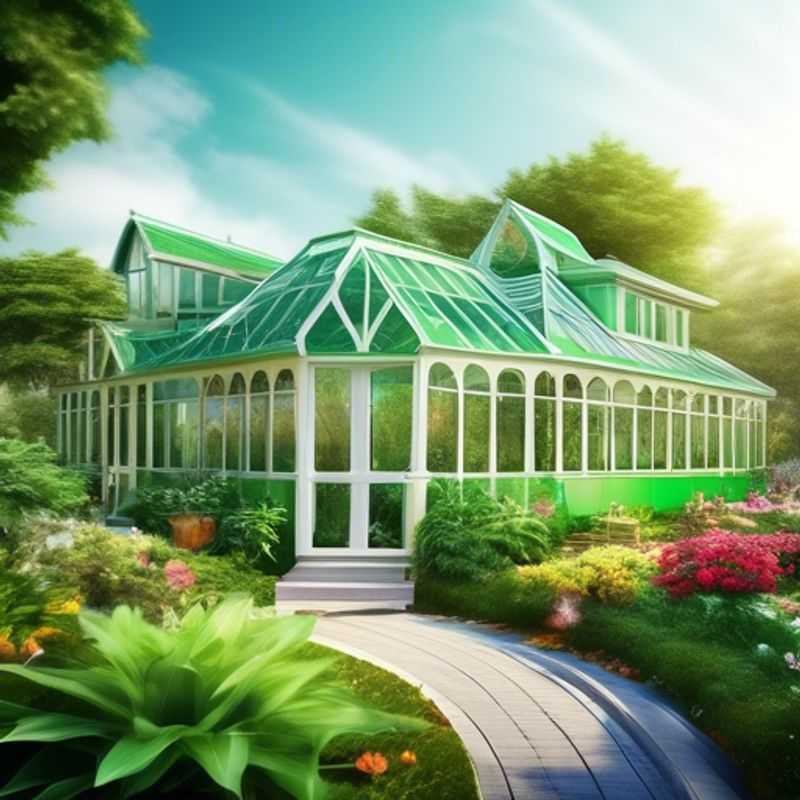
Upgrade Your Garden: Do You Need Extra Features?
When designing your workflow product, consider additional features like shelving, irrigation systems, or automated controls. These features can significantly impact your workflow's efficiency and effectiveness, but they come with costs and complexities.
Shelving is essential for organizing and storing your workflow products. It allows you to maintain order and accessibility, making it easier to find and retrieve items. However, the type and size of shelving needed depend on the specific products and the volume you handle.
Irrigation systems are vital for maintaining the health and quality of your workflow products. They ensure consistent watering and can optimize resource usage. However, irrigation systems can be complex to install and maintain and require ongoing costs for water and electricity.
Automated controls can streamline your workflow processes by automating tasks like temperature monitoring, lighting adjustments, or product movement. While these features can save time and reduce human error, they require initial investments in hardware and software and may need regular maintenance.
Before deciding on these features, carefully assess your workflow needs, budget, and long-term goals. Consider the potential benefits and drawbacks of each feature and determine if they align with your overall workflow strategy.
Remember, detailed research is crucial for informed decision-making. Explore different options, compare prices, and understand the maintenance requirements of each feature. You can then choose the features that best enhance your workflow while staying within your budget and maximizing your ROI.
